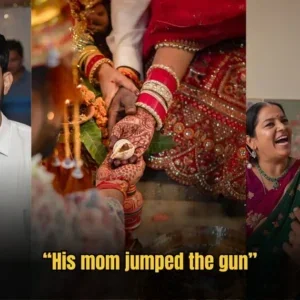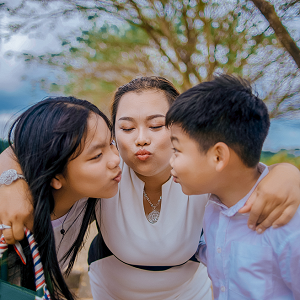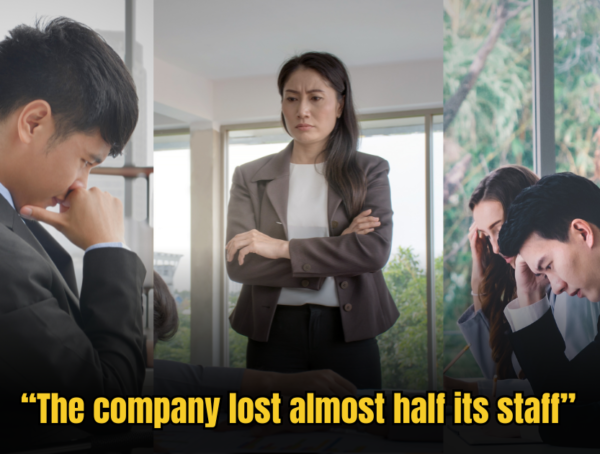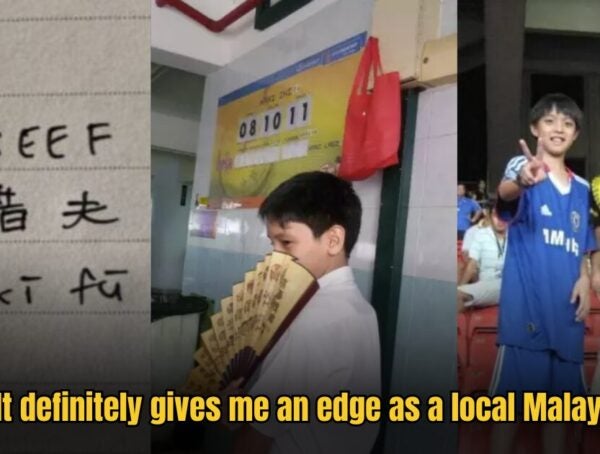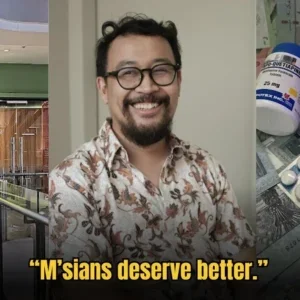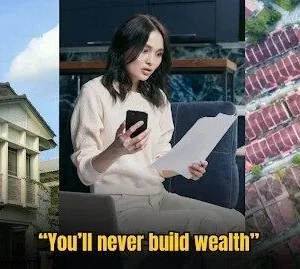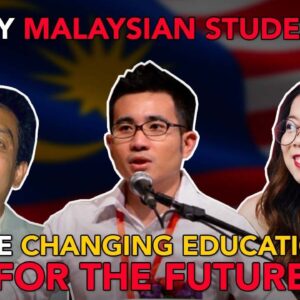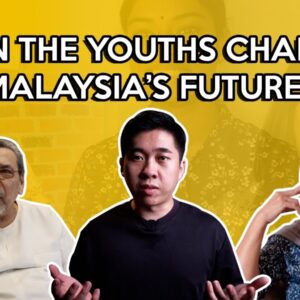Veronica, the AIESEC volunteer I was to interview, had a sparkle in her eye. She walked confidently and projected her voice when she spoke – different from many girls her age.
“I hope this doesn’t intimidate you,” I said, pressing the record button on my phone right before our interview.
“It’s fine,” she smiled. “Should I close the door?”
Veronica Tam Xi Yuan is one of the 27,000 AIESEC members who’s had a chance to participate in their six-week cross-cultural global internship. For her personally, it has been life-changing.
“Before this I was studying Microbiology. It was a stage of my life where I wasn’t really sure what I wanted to do, so I picked a science-stream subject.
“It wasn’t my passion or what I was interested in, but I knew my family would have liked it. So in the end, I picked Microbiology.”
“However, during my global internship program, I met a friend from Poland who made me rethink my choices. For the six weeks we were working together, we talked about education.
“He made me question my choices by asking me what my passion was, what I really wanted to do, etc. In the end, I changed my mind and switched to Industrial Design when I came back.”
The AIESEC cross-cultural global internship sends candidates from all over the world to various countries to work on a social project. In Veronica’s case, she volunteered to go to Davao, Philippines.
Her project consisted of helping out at the Philippines Eagle sanctuary, as well as work in one of the local Puroks, or villages, to help the local community.
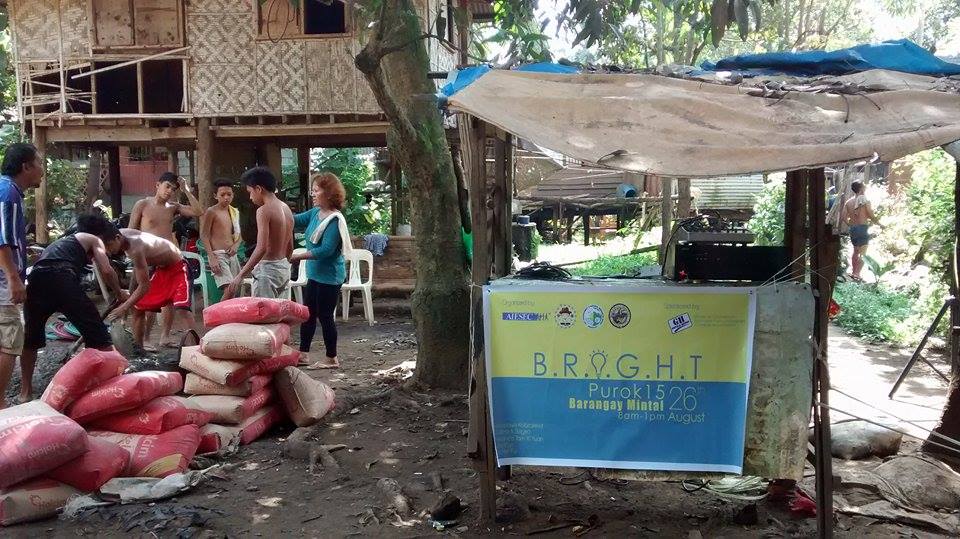
“Every morning I would travel 40 minutes to the eagle conservation centre and work with the conservation efforts. We would either be working on Education, Operation or Tourism.
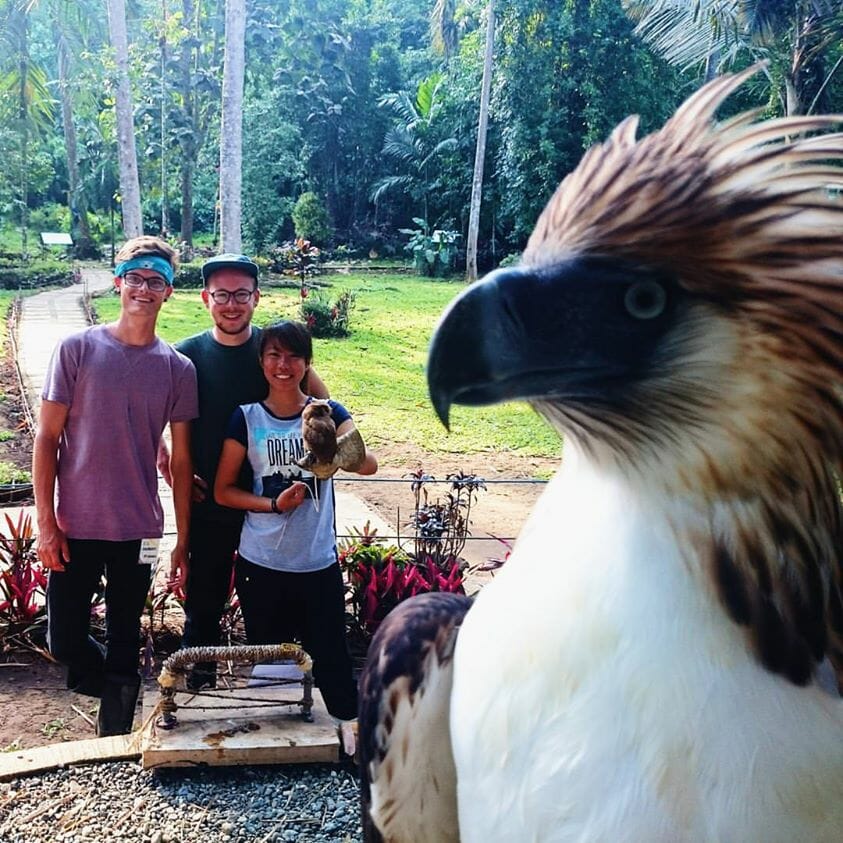
“Education would be to educate the nearby villagers on the significance of the bird, since they would often hunt them. Operation would be taking care of the birds, such as preparing their feed and feeding them, and finally, there’s Tourism, which is when we would handle the tourists who come to visit the centre.”
After that Veronica would head to one of the local villages. She worked with a team of 20 people from 12 different countries. They worked together to solve local problems for the community.

“We would spend the first two weeks doing surveys and finding out what the main problems were within the community. Then weeks 3-4 were spent crowdfunding, while weeks 5-6 was actually implementing the solutions.”
Veronica’s team discovered that the village suffered from heavy rains, which would make the only road into the village become muddy and slippery. Together with her team, they raised funds and improved the conditions of the road.
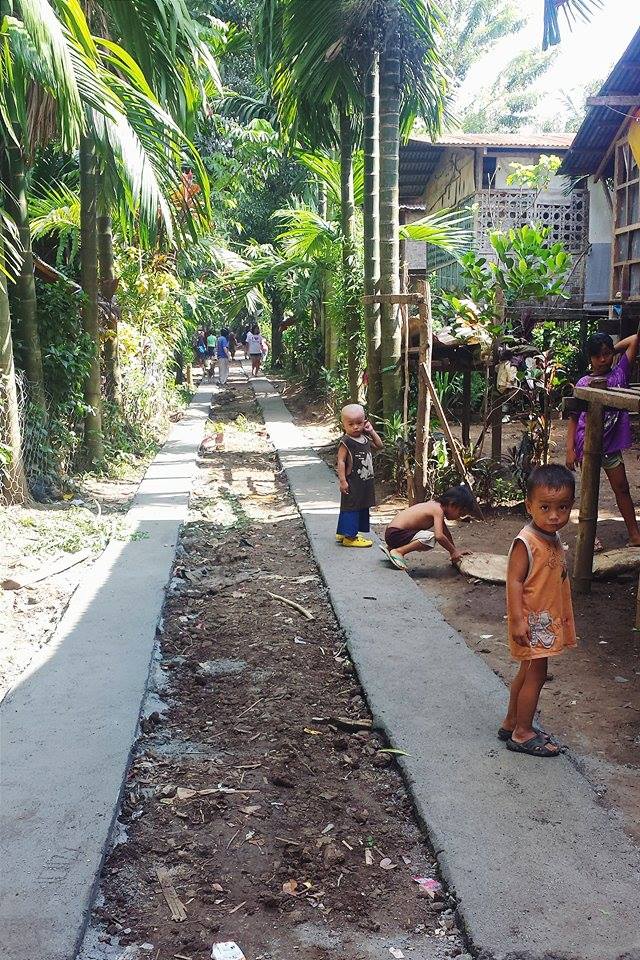
One other problem was that the soil would get wet and it would be difficult for the villagers to farm. When she raised that problem to her Polish friend, he suggested that they make a drill.
Without any funds Veronica initially thought it was impossible – but then her friend pulled out a pen and paper and made a rough sketch of the drill.
“He brought that design to a local steelworker and asked if he could make the drill. In the end, we managed to make it within two days and distributed five of them to five different villages.
“That showed me that sometimes you just need to be positive and focus on the solution – it’s not always as difficult as it seems.”
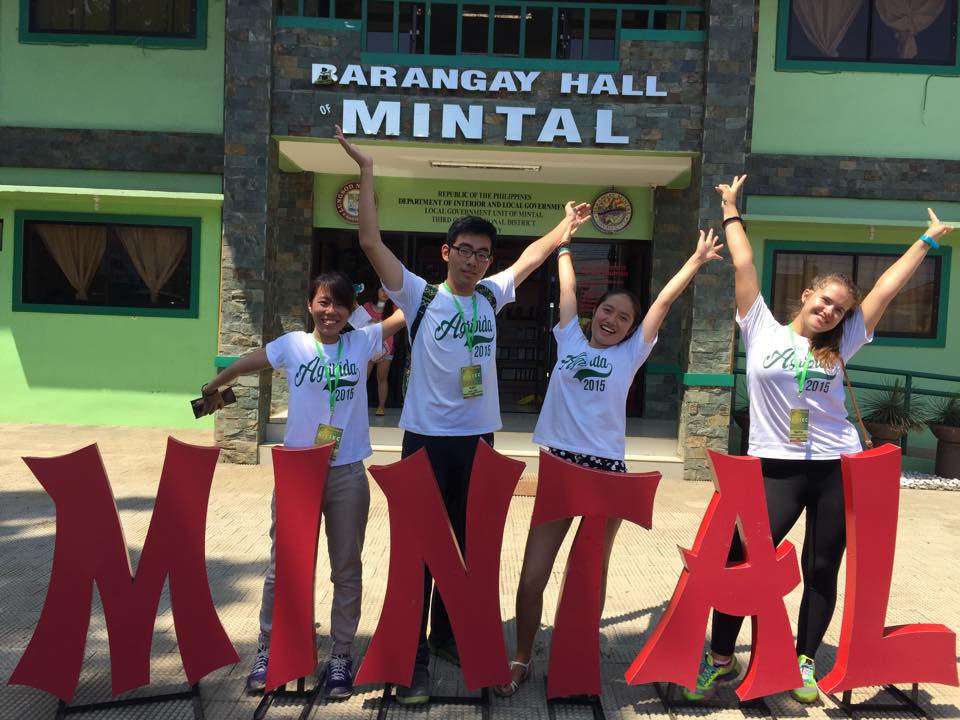
Since coming back, Veronica has had a different perspective. Nothing’s changed about her surroundings – she was still a student in the same university in the same country. But thinking differently has made a huge change in her life.
“Previously I was a student, and everything was on auto-pilot – I had no passion and was just going through the motions.
“But after coming back, I changed my course, and now I’m active and present in everything I do. Not just classes, but in my life as well. I’m learning to be conscious about my decisions and no longer blame my environment or circumstances.

“Now I ask myself, how can I achieve what I want and change things for the better?”
That attitude will be helpful in Veronica’s future. She hopes to start up her own social enterprise, using business as a means to solve social issues.
“My experience on this global volunteer program is a lot like entrepreneurship – there’s a lot of research to determine problems, and then coming up with solutions within a limited budget. I hope to apply that professionally in the future in my social enterprise.”
Another AIESEC candidate I interviewed was Benjamin Chai Chun Kang. He was a tall, friendly guy, who was also cheerful and confident. He’s currently studying Environmental Engineering in Universiti Malaysia Pahang (UMP).
For his global volunteering program, he participated in an educational project for a rural school in Siem Reap, Cambodia. Their goal was to teach English to the students who would otherwise not have the opportunity to learn the language.
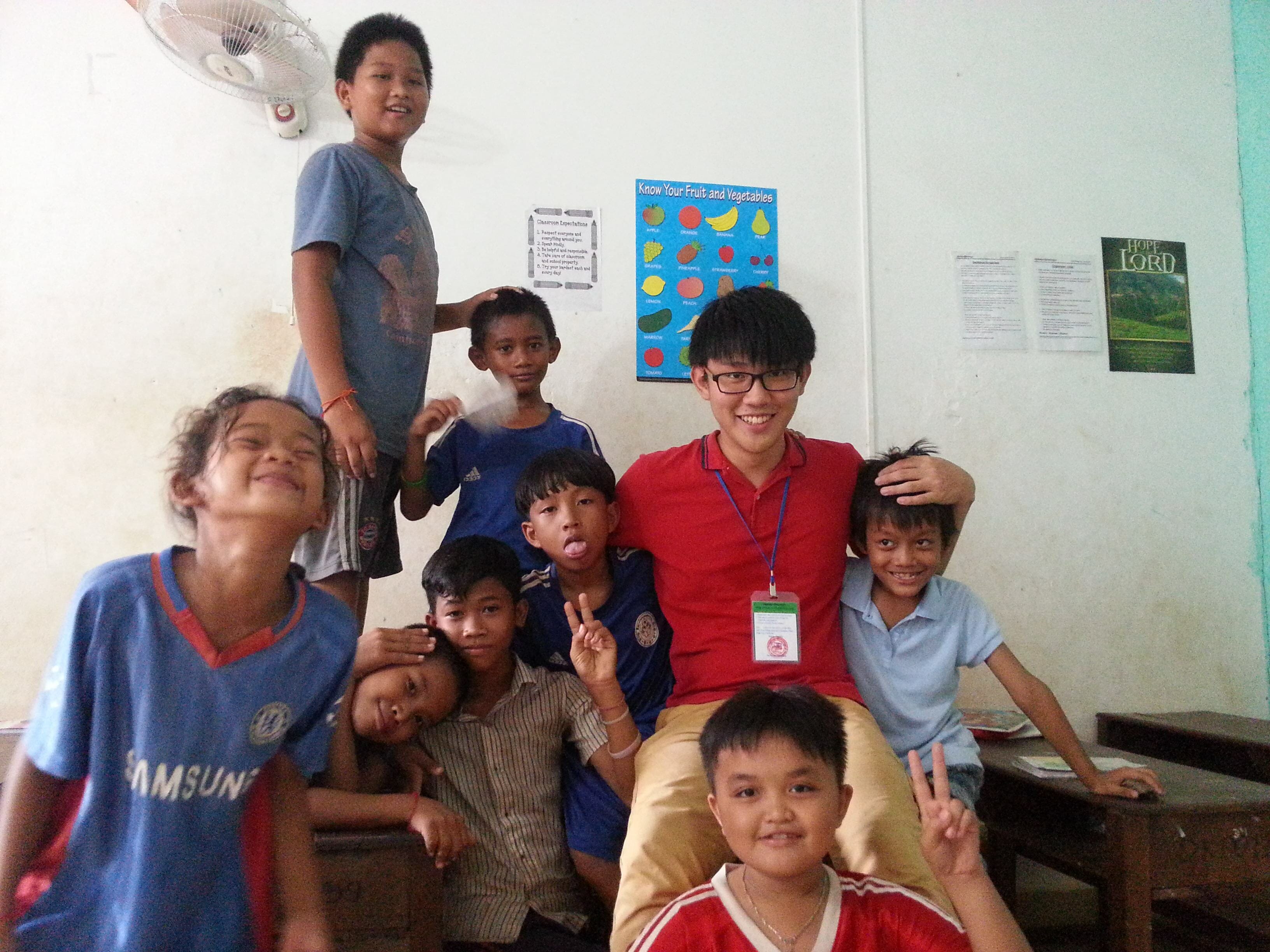
“I’ve always wanted to visit Cambodia, and I wanted to help because the school didn’t have a proper syllabus yet. Our goal was to go there and raise funds, while also developing a proper syllabus for the students.
“So we’re not just going there to teach English, but also to make sure that the school can grow sustainably.”
Throughout the entire six weeks, Benjamin met plenty of different people. There were people from Cambodia, Malaysia, Mexico, the U.K, Taiwan, and also people from other countries.
“We went to the school every Monday to Friday. In the morning, we would teach the youngest children, who were 3-8 years old. In the afternoon, we would teach secondary school students.
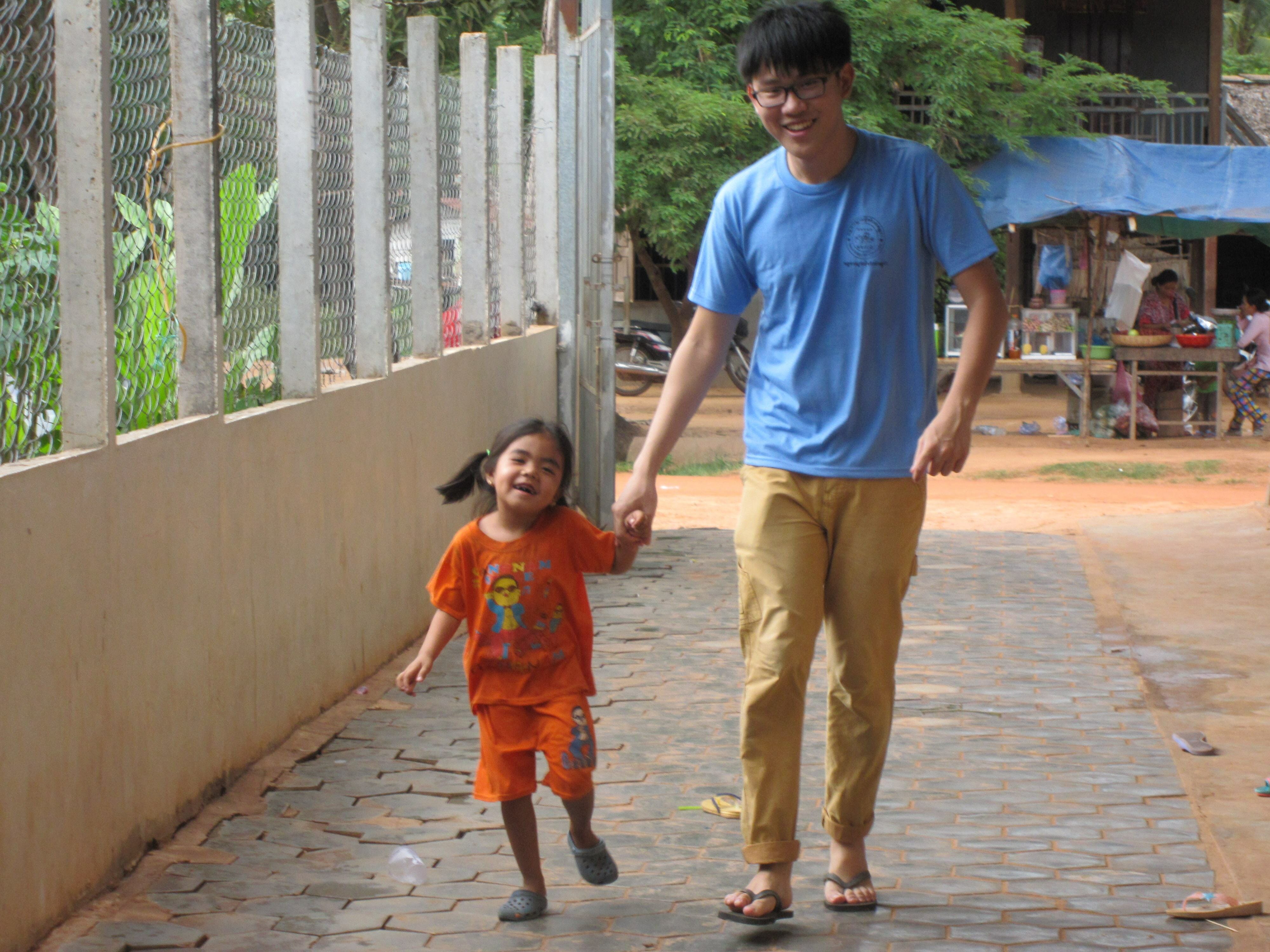
“The interesting thing about this school is that they don’t separate students based on age group. They’re separated based on their proficiency in English. So in my first class, I had students as young as five years old, who were sitting next to students as old as 15.
“That was challenging because we were dealing with students with different personalities. Like for example for the five-year-old, we could just play around with hand signs and he’ll be happy. But the 15-year-old would just sit at the back of the class playing with his phone.
“Worse still was that we didn’t speak the local Khmer language, and they couldn’t speak English.”
Still, despite the challenges, Benjamin and his team knew they had to start from somewhere.

“The school didn’t have a system. That 15-year-old boy, he’s been in the same class for three years. His proficiency in English hasn’t improved because there was no plan or system for him to move from class to class.
“So we worked on several things – the first thing was that we developed a syllabus for the students to follow. After that, we also raised funds to get learning materials for the students, and we also raised funds for the teachers to teach in the school.
To develop the syllabus, Benjamin and his team would refer to other English beginner courses through the internet and follow them.

“We started arranging the chapters. So chapter one, for example, would be in Mathematics and English. We would work on addition questions, while chapter two would be subtractions, and so on. It was not too detailed, but at least we developed a system where the students would learn progressively.
“What happened before was that the previous batch of volunteers would come in and teach something new. The cycle continued with each new volunteer, so the students end up not progressing.”
Despite their good intentions however, Benjamin and his team also faced similar challenges to Veronica.
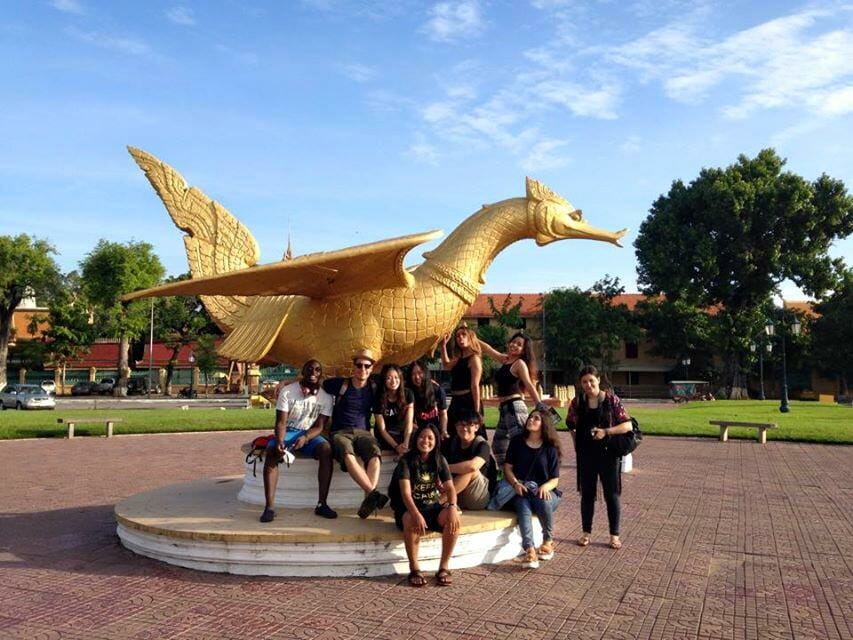
“It’s nice to hear of so many people coming together to do something good but living together is a different story. We all stayed together for those six weeks, and I learned that the Asian way of communicating is very different from the Latin American way of communicating, for example. The language, the tone – it’s all different.
“At the beginning we did have small conflicts – like for example this one time we went to a mall together, and they started arguing and shouting at each other, making a scene at the mall. As time went by however, it was fine – everyone got over it.
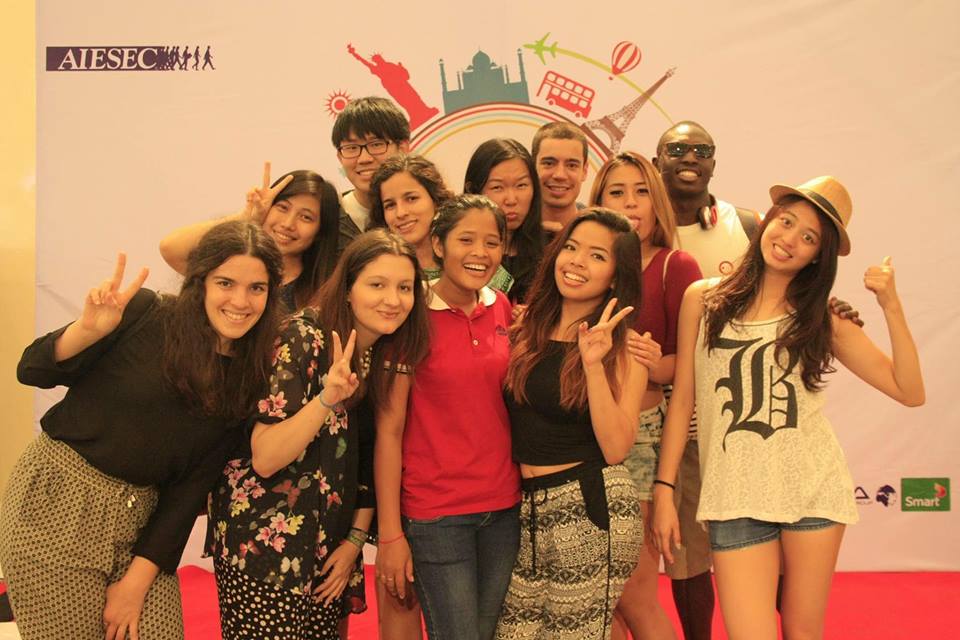
“Another challenge is the language barrier when teaching in schools. We didn’t know how to teach the students, and moreover we didn’t have a background in education. The first two weeks was just trying to communicate with the students and teachers.
“Eventually we did develop a system, where we would speak one sentence in English, and the teachers would repeat it, translate it to Khmer, and then we would move on to another sentence. At least it made the class interactive.”
At the end of six weeks, Benjamin believes the experience has certainly changed him.
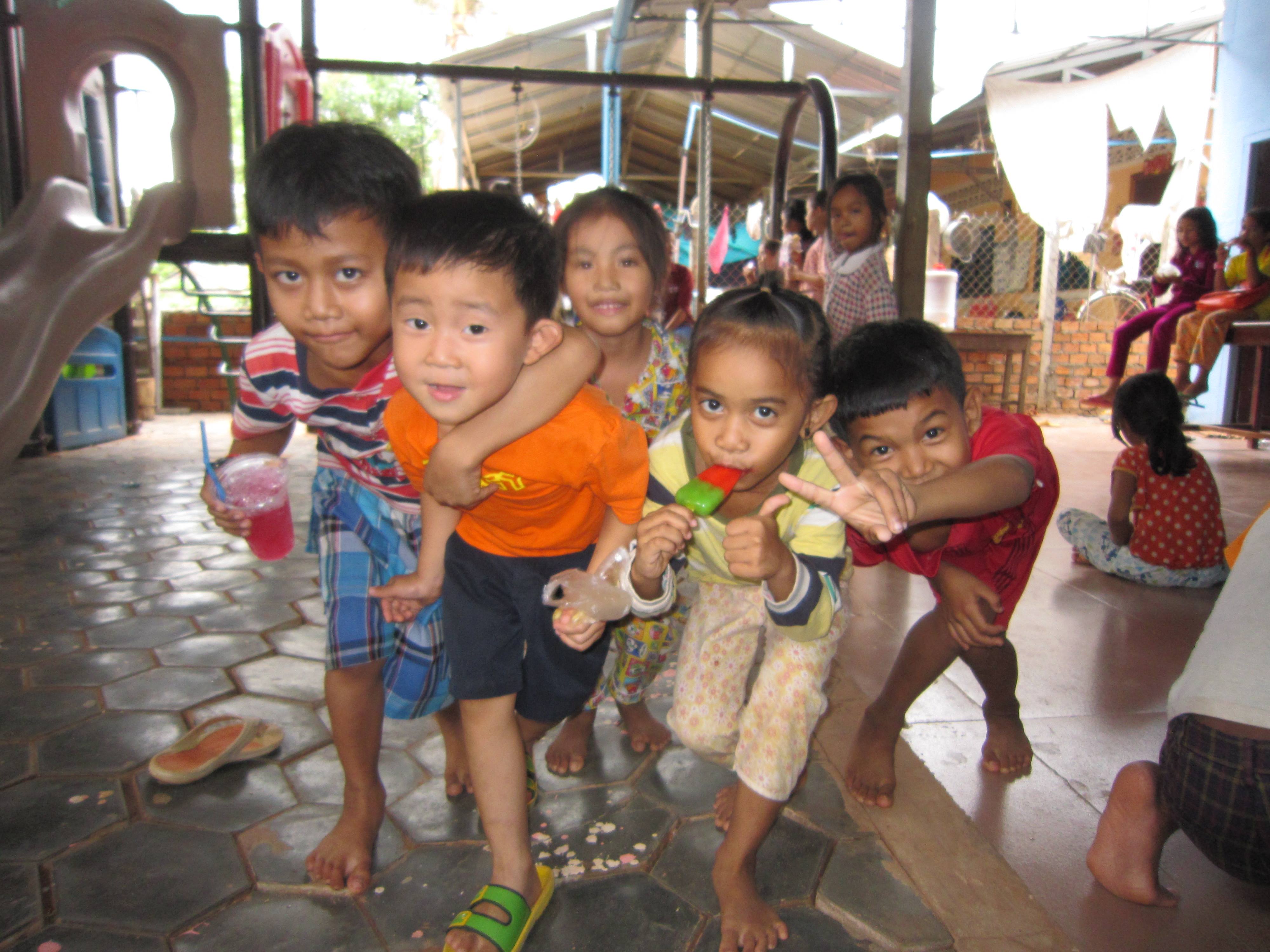
“I would say that it’s an experience I’ll never forget. It was two years ago, but I still remember the experience clearly. I would say that the biggest change is that I finally understand what it means to be a ‘world citizen’ – a person who cares about what’s happening in the world.
“Now when I read the news online, when I see Cambodia I’ll click on the link and read it. I feel quite attached and involved with the country.
“It’s also changed my perspective about travel – ever since that experience, whenever I travel, I always stay with a local. I think it’s the best way to understand and experience the local culture, by living like the locals.
If would like to learn more about AIESEC’s Global Volunteer Program, sign up and join a project! You can also participate in the #Impact42 collaboration with AirAsia, and stand a chance to win a round trip flight ticket (worth 60,000 BIG points) sponsored by AirAsia.
More from Real Skills
How I Saved Almost RM50,000 On Buying My First Car
Here's how this Malaysian man with a RM3,500 salary saved RM50,000 on his first car.
Angry M’sian Boss Demands Unpaid Overtime Over Raya, Causes 9 Staff To Quit
An anonymous employee at a local SME shares how a bad-tempered boss eventually caused 9 staff to quit before Hari …
I Studied In Chinese School As A Malay Boy, Here’s What I Learnt
Every time I used Mandarin outside of school, family members would come up to me at gatherings and ask me …
